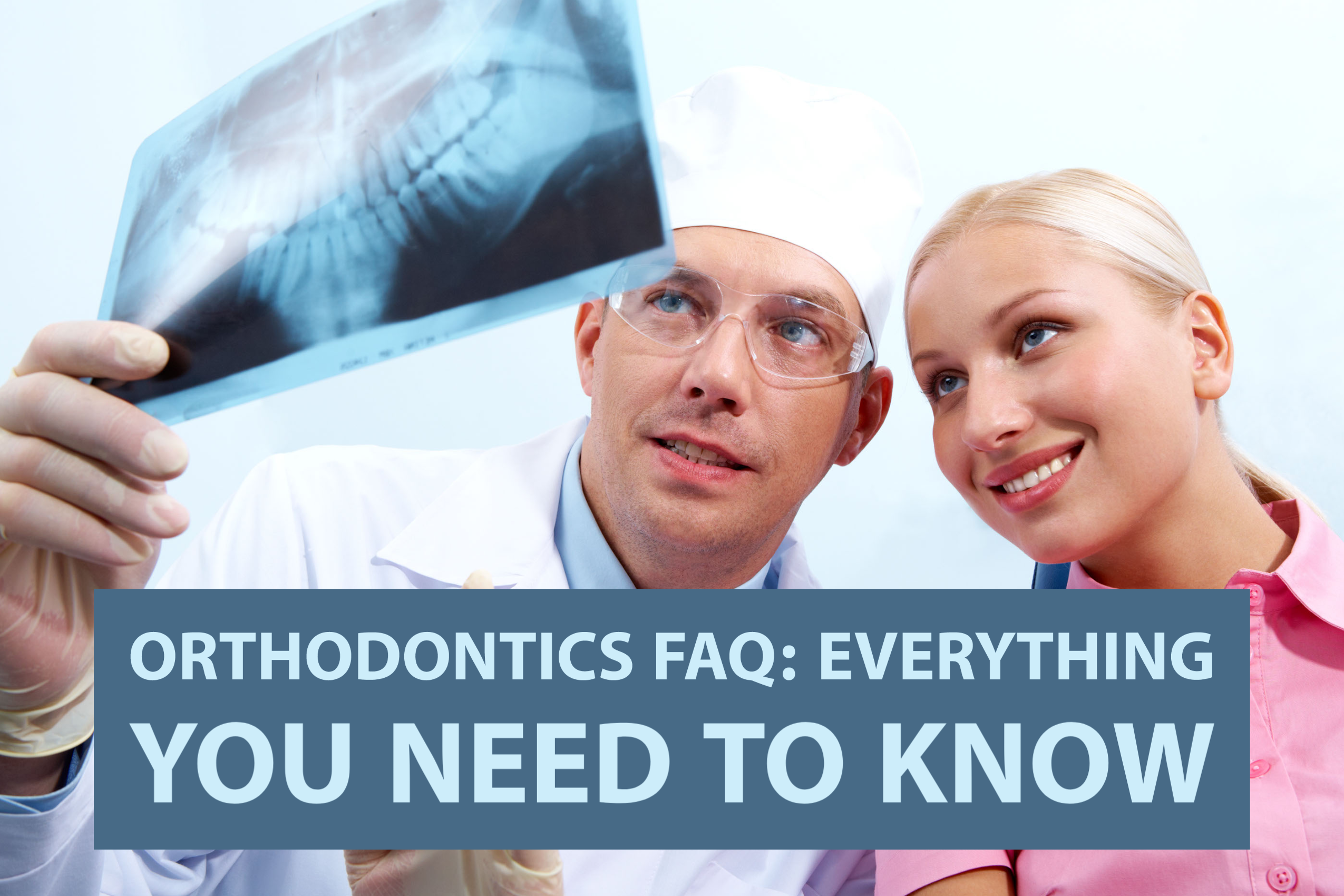10 Simple Techniques For Legacy Orthodontics
10 Simple Techniques For Legacy Orthodontics
Blog Article
Legacy Orthodontics Fundamentals Explained
Table of ContentsLegacy Orthodontics Can Be Fun For AnyoneThings about Legacy OrthodonticsSome Known Details About Legacy Orthodontics Legacy Orthodontics for BeginnersExcitement About Legacy Orthodontics
In addition, we offer adjustable therapy routines, flexible settlement choices and a fun, delightful experience.An orthodontist is a dental expert trained to diagnose, protect against, and treat teeth and jaw irregularities. They correct existing conditions and are trained to recognize troubles that might establish in the future. Orthodontists collaborate with people of every ages, from youngsters to adults. People typically associate a perfect smile with excellent wellness.
Malocclusion, or misaligned teeth, can cause dental concerns, including tooth decay, gum tissue disease, and challenging or excruciating chewing. But not everybody is born with straight teeth. If you have a negative bite or large spaces in between your teeth, you may wish to consult a dental professional specializing in orthodontic care.
The Main Principles Of Legacy Orthodontics
( Image Credit History: DigitalVision/Getty Images) Orthodontists make use of fixed and removable dental devices, like dental braces, retainers, and bands, to alter the position of teeth in your mouth. Orthodontic treatment is for oral abnormalities, including: Crooked teethBite issues, like an overbite or an underbiteCrowded teeth or teeth that are too far apartJaw misalignmentThe goal of orthodontic therapy is to boost your bite.
A healthy bite ensures you can eat, eat, and speak correctly. While you might think about orthodontists as primarily for children or teenagers that require dental braces, they can correct dental problems at any kind of age. Orthodontists participate in college, dental institution, and orthodontic school. After college graduation, they spend 2 or 3 years in an orthodontic residency program.
, however not all dental experts are orthodontists. They focus on two locations: Just how to properly and safely move teeth How to appropriately guide advancement in the teeth, jaw, and faceOnce an orthodontist has finished training, they have the choice to come to be board certified.
Examine This Report on Legacy Orthodontics
Malocclusion leads to tooth congestion, a twisted jaw, or irregular bite patterns. Malocclusion is usually treated with: Your orthodontist attaches metal, ceramic, or plastic square bonds to your teeth.
If you have just small malocclusion, you might be able to use clear dental braces, called aligners, instead of traditional braces (https://canvas.instructure.com/eportfolios/3201746/Home/The_Best_Leesburg_Orthodontist_Transforming_Smiles_Changing_Lives). Some individuals require a headgear to aid relocate teeth into line with pressure from outside the mouth. After braces or aligners, you'll need to put on a retainer. A retainer is a customized gadget that keeps your teeth in position.
They can create added room in the mouth without having to draw teeth. Orthodontists utilize cords, medical screws, or plates to sustain your jaw bone.
You may require to see an orthodontist if you have: Crowding or otherwise enough room for every one of your teethOverbite, when your top teeth come over your bottom teethUnderbite, when your bottom teeth are as well far forwardSpacing or issues with gapsCrossbite, which is when your upper teeth fit behind your bottom teeth when your mouth is closedOpen bite or an upright space between your front base and upper teethMisplaced midline, when the facility of your bottom and upper teeth don't line up Dealing with a dental malocclusion can: Make biting, eating, and talking easierImprove the symmetry of our face and your overall appearanceEase discomfort from temporomandibular joint conditionsDifferent your teeth and make them much easier to clean up, helping prevent dental caries or cavities It's typically a dentist who initially notifications misaligned teeth during a routine exam.
A Biased View of Legacy Orthodontics

During your first orthodontic appointment, you'll likely have: A dental examPhotos taken of your face and smileDental X-raysPanoramic (360 level) X-rays of your face and headImpressions to develop mold and mildews of your teethThese examinations will certainly aid your orthodontist understand how to proceed with your treatment. orthodontics. An orthodontist is a dental professional who's had training to treat your teeth and jaw
An orthodontist is concentrated on your bite, so something like a broken tooth would be dealt with by a dentist. Orthodontists are concentrated on your bite, or the method your teeth fit together, and the straightness of your teeth.
Ever before wondered exactly how celebrities always seem to have perfectly lined up teeth? Orthodontists are dental specialists that concentrate on dealing with abnormalities in the teeth and jaws.
Everything about Legacy Orthodontics

While dental braces are one of the most frequently acknowledged orthodontic therapy, orthodontists have a diverse toolkit at their disposal. The certain technique picked depends upon the seriousness of the situation, the patient's age, and individual preferences. These reliable braces use a system of brackets bound to the teeth and attached by cables.
Clear aligners, like Invisalign, are a popular option for people looking for a more very discreet treatment alternative. These removable trays are personalized to gradually shift the teeth's setting. Headgear may be used in combination with dental braces or aligners to apply added targeted pressures, especially for fixing jaw inconsistencies. In instances of narrow jaws, palatal expanders can be utilized to develop area for proper tooth alignment.
Report this page